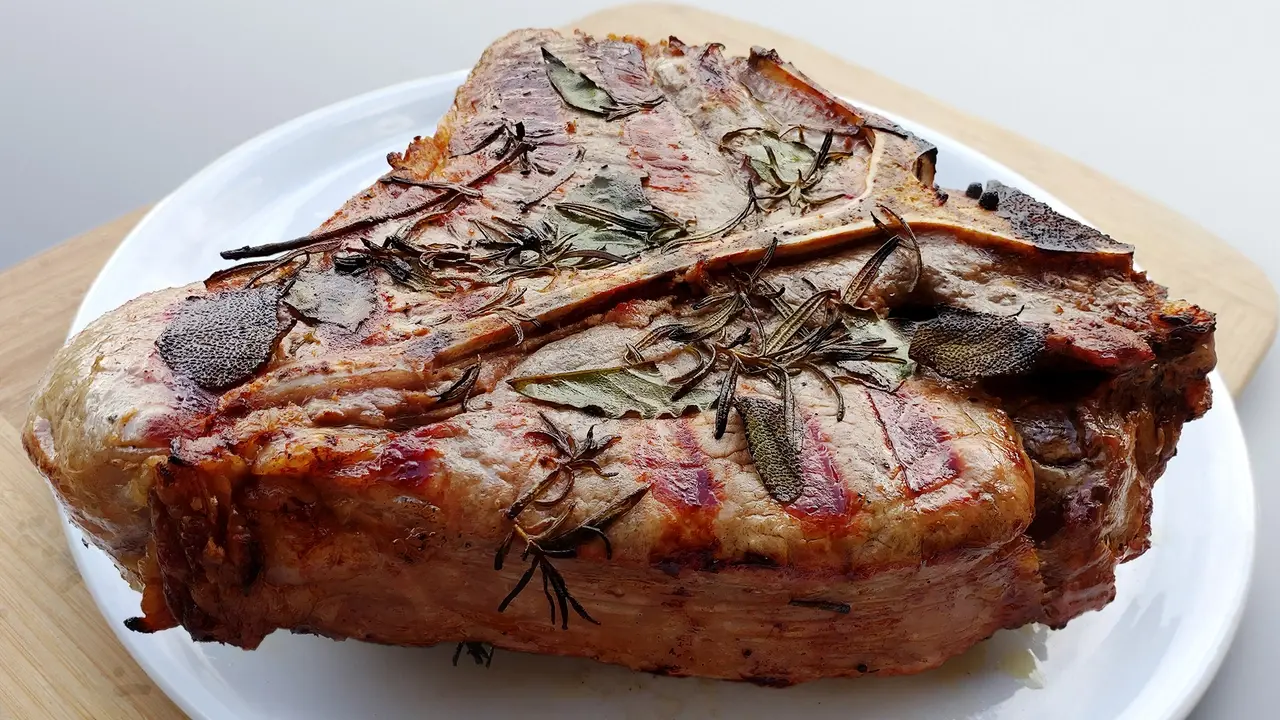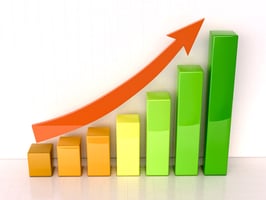Speaking at USDA’s virtual Agricultural Outlook Forum, USDA Chief Economist, Seth Meyer, provided a...
What Happens When the Steak No Longer Fits on the Plate?

Beef Outlook: Oversized cattle are influencing consumer protein buying preferences.
Consumers are still willing to purchase pricey steaks, but will that continue as the size of the cut increases to a point of no longer fitting on their financial plate?
After a quick analysis, it becomes clear — there is no room on the dinner plate for the baked potato. But as the juicy T-bone steak touches all edges, will the sight bring consumers a sense of culinary satisfaction or financial frustration?
Beef prices for heavier cattle continue to hold strong, and there are no indications that cattle producers plan to downsize.
“When we feed them too big, the steak doesn’t fit on the plate, and consumers push it away,” explains Dan Thomson, a veterinarian and partner in Production Animal Consultation.
While the quality of beef has improved significantly over the years, especially in terms of prime grades, there are practical challenges to consider. Consumers and retailers do not want to split an expensive steak. It is a matter of eating experience and affordability.
Balance quality and quantity
The average Angus slaughter today weighs the same amount as the average Simmental cow in the 1980s, according to Thomson, who works with 20 veterinarians covering 6 million head of cattle on feed, 1 million cow-calf pairs and 600,000 stockers.
He notes that processing plants struggle with larger animals. For example, the rails at these facilities need to be adjusted higher to accommodate larger carcasses. Heavier animals present challenges at the farm level, too.
“Our trucks and trailers have to change,” Thomson says. “The loadout, the equipment, all of it would have to change because it was designed for efficiency with a 1,250-pound animal.”
Working closely with retailers as lead counsel for restaurant chains like McDonald’s, Applebee’s and others, he points out that while consumers love high-quality beef, there’s a risk that if steaks become too large, it could affect demand.
Smaller-framed animals are likely to see a resurgence, according to Thomson. As a farmer, think about how you’re breeding and raising cattle. Keep the quality, but raise a calf that produces beef cuts that are manageable and affordable for the average consumer.
Consider consumer priorities
In today’s market, consumer concerns extend beyond just price. Safety, freshness and sustainability are also top priorities.
According to Thomson, many consumers are looking for ethical reasons to justify their purchasing decisions. “They’d rather say, ‘I’m going to eat this because it’s good for the environment.’”
Thomson’s advice for farmers/ranchers is to take advantage of this ideology as an opportunity to promote their farm’s sustainable practices and animal welfare. By aligning your operation with these values, you can better position your product in the marketplace. Transparency about your practices can help build trust and encourage consumers to choose your beef over competitors.
In this complex landscape, staying informed about consumer demand trends will be important for beef’s success in the retail space.
Eye on economics
Consumers have shown a willingness to pay higher prices, even if it means eating fewer pounds of beef. Higher prices have offset the lower consumption volumes, but for how long?
It comes down to strength in demand. If consumer income levels remain stable, there’s a good chance people will continue to buy beef, supporting market prices. However, keep an eye on economic indicators — like interest rates and employment levels — because they directly impact how much consumers are willing to spend on protein.
Understanding the factors that influence purchasing decisions and adapting your operation accordingly can help you better navigate the challenges ahead.
For now, though, consumers want to have their steak and eat it too.
EDITOR’S TAKE:
Consumer preferences definitely change over time. Larger beef portions may be popular today, but tomorrow smaller size cuts might be in vogue. As the article points out, prices are certainly on everyone’s mind these days as grocery costs have risen dramatically with inflation. However, other factors also come into play when consumers consider what to purchase. Sustainability and knowing where their food originates are also high on the list with today’s consumer. So far, beef markets are doing very well, thank you! That in turn means beef producers are, thus, doing well. With good prices and lower feed costs, beef margins are holding steady or improving. That’s why, if you have cattle producers in your area, they should be at the very top of your customer prospect list.








